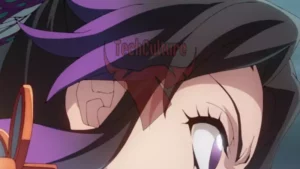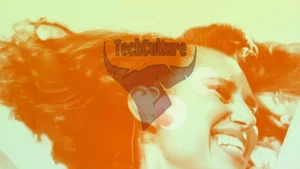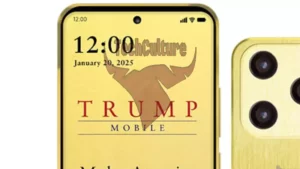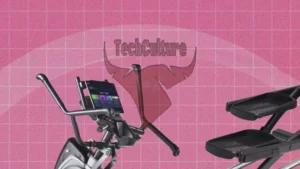In the thought-provoking documentary short, “Liturgy of Anti-Tank Obstacles,” Ukrainian filmmaker Dmytro Sukholytkyy-Sobchuk delves into the unexpected intersections of art and conflict. The film sheds light on a group of sculptors who, in a striking juxtaposition, utilize their artistic skills and tools not for the creation of religious statues, but for the construction of anti-tank obstacles in war-torn Ukraine. This unique exploration of the transformations of life in Ukraine offers a profound insight into the resilience and adaptability of individuals in the face of adversity.
Sukholytkyy-Sobchuk’s film captures the profound impact of the ongoing conflict on the lives of ordinary citizens in Ukraine. The sculptors, who were once dedicated to creating religious art, find themselves forced to adapt their skills to suit the demands of war. This unexpected shift serves as a powerful metaphor for the wider societal changes experienced by Ukrainians during this tumultuous period. The film not only highlights the resourcefulness of these individuals, but also raises broader questions about the role of art in times of crisis.
By exploring the connections between art and conflict, “Liturgy of Anti-Tank Obstacles” challenges conventional notions of artistic expression and the boundaries of creativity. Sukholytkyy-Sobchuk’s documentary subtly prompts viewers to reflect on the ways in which art can be repurposed in times of crisis, and how artists can adapt their talents to address pressing societal needs. The film serves as a testament to the resilience and adaptability of the human spirit, as well as a poignant reminder of the transformative power of art in the face of adversity.
“Liturgy of Anti-Tank Obstacles” offers a thought-provoking exploration of the transformations of life in Ukraine through the lens of a group of sculptors repurposing their artistic skills for war. Dmytro Sukholytkyy-Sobchuk’s documentary sheds light on the resilience and adaptability of individuals amidst conflict, while also challenging traditional notions of art and its role in society. This powerful film prompts viewers to reflect on the ways in which creativity can be harnessed in times of crisis, and serves as a




